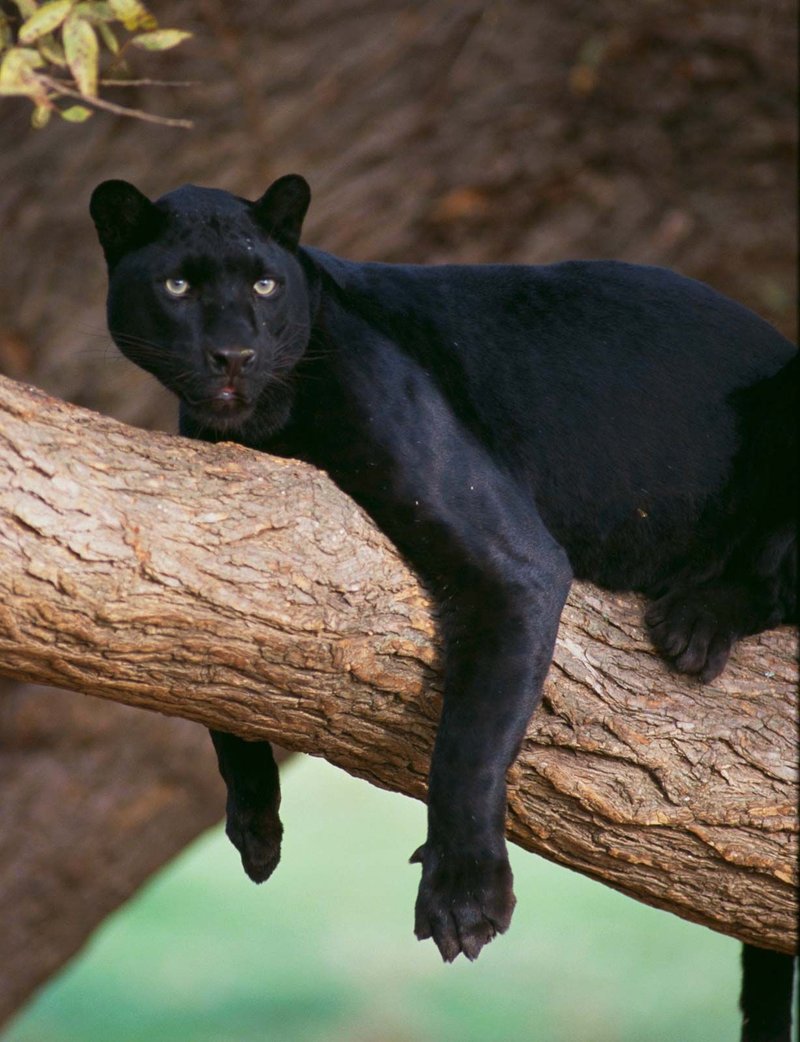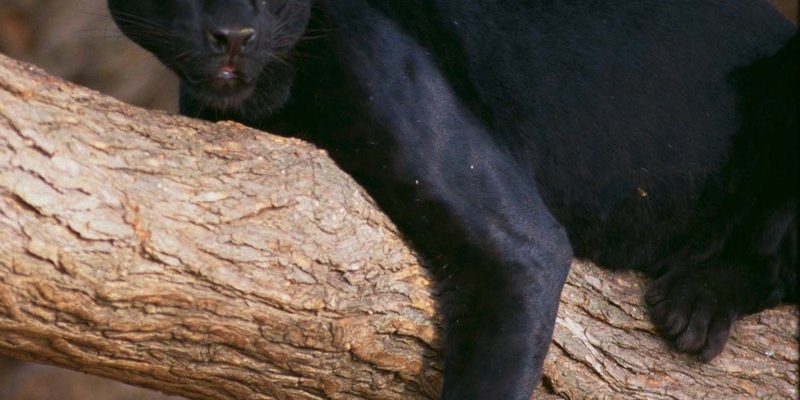
Imagine a panther standing tall, its coat shimmering in even the dimmest light. It’s not just a beautiful sight; it’s a testament to millions of years of evolution, survival, and adaptation. These cats have learned to navigate diverse environments, from the dense swamps of the Everglades to the rolling hills of dry grasslands. So, let’s take a closer look at how these magnificent animals manage to survive in conditions that would challenge many others.
1. Adaptability of the Panther’s Diet
One of the most remarkable aspects of how panthers survive in harsh environments is their ability to adapt their diet. Panthers are carnivorous, which means they primarily eat meat. However, they don’t stick to one type of prey. Instead, they feast on whatever’s available, including deer, raccoons, and smaller mammals. In times of scarcity, they can also turn to birds, reptiles, or even carrion if necessary.
This flexibility is crucial. For instance, during periods of drought or habitat loss, food sources may dwindle significantly. Panthers can shift their hunting strategies and target new prey. It’s like being able to change your menu based on what’s in the fridge. You might be wondering how this impacts their survival. Well, having a varied diet helps them maintain their health and energy, which is essential for hunting and breeding.
Additionally, panthers are solitary creatures, meaning they hunt alone. This independence works in their favor, especially when competition for food is fierce. They can operate stealthily, using their exceptional camouflage to blend into their environment while stalking prey. Picture a shadow moving silently through the tall grass—this is where their survival skills kick in.
2. Mastering the Art of Camouflage
Speaking of blending in, camouflage is another incredible survival tool in a panther’s arsenal. Their dark fur helps them disappear into the shadowy underbrush, making it easier to sneak up on unsuspecting prey. This ability to remain undetected isn’t just for hunting, though; it also helps them avoid becoming prey themselves.
In thick forests or swamps, this camouflage is particularly effective. When sunlight filters through the leaves, it creates a dappled effect that breaks up the outline of their bodies. Imagine being at a crowded party, wearing a clever disguise that lets you observe while remaining mostly invisible. For panthers, this means they can safely navigate their territory without drawing attention from larger predators or humans.
During the day, when conditions are hot, panthers often rest in shaded areas, conserving energy until dusk. This nocturnal behavior allows them to hunt when temperatures are cooler, making the most of their environment. Think of it like athletes training for a marathon; they have to pace themselves to ensure they can perform at their best when it counts.
3. Thriving in Various Climates
Panthers are incredibly resilient animals. They can adapt to a range of climates, whether it’s the humid swamps of Florida or the mountainous regions of the eastern United States. Each environment presents unique challenges, but these cats have found ways to thrive.
In wet, swampy areas, panthers have developed strong swimming skills. They’re quite comfortable in the water and can swim across rivers or lakes to reach new territories or hunt for food. Picture a graceful swimmer gliding through water; that’s how panthers maneuver in their habitat. Their powerful limbs and bodies are built for both running swiftly on land and navigating through water.
In drier climates, panthers can manage with less water by being efficient in their hydration needs. They often get sufficient moisture from their prey, which helps them avoid dehydration. It’s a bit like how some animals can go without drinking water directly by getting it from the food they eat. This adaptability is crucial for survival, especially in areas where fresh water is limited.
4. Navigating and Marking Territory
Territory management is key to a panther’s survival. These big cats are known for being territorial, marking their domain with scent markings and scratch marks on trees. This behavior not only warns other panthers to stay away but also helps them keep track of their range and understand where food sources might be.
Territorial disputes can sometimes arise, especially when resources are scarce. However, the ability to navigate and understand their territory gives panthers a distinct advantage. They have an impressive memory, which helps them remember the locations of prey and water sources. Think about how you remember the paths you take in your neighborhood; for panthers, these routes are vital for survival.
Moreover, the size of their territory can vary depending on food availability. In lush areas with abundant prey, their territory may be smaller. In contrast, in harsher conditions, they may need to roam much farther to hunt effectively. This flexibility in territory size is yet another way panthers adapt to their environment.
5. Effective Use of Cover and Hiding
While panthers are agile hunters, they also know when to lay low. Their coats help them conceal themselves in dense vegetation, allowing them to wait patiently for the perfect moment to strike. They often use fallen trees, bushes, or rocks as cover while stalking prey. Imagine playing hide-and-seek as a kid; sometimes being still and quiet is the key to winning the game.
In harsh environments, where food can be unpredictable, this skill becomes even more essential. A panther might sit quietly for hours, waiting for a deer to wander into its path. This patience pays off, allowing them to conserve energy and minimize detection.
Moreover, when threatened, panthers can quickly retreat into their cover. This ability to dodge danger plays a vital role in their survival, especially in areas with competing predators or human encroachment on their habitats. Adaptation goes beyond finding food; it also encompasses knowing how to stay safe.
6. Coping with Human Encroachment
As habitats shrink due to human activity, panthers face new challenges. Urban development and agricultural expansion can fragment their territory and reduce their prey. However, panthers have shown a surprising ability to adapt to these changes, often moving into areas closer to human settlements.
In some cases, this might mean venturing into suburban neighborhoods where they’ve been known to hunt pets or livestock. While this behavior can lead to conflict, it also demonstrates their resilience. It’s not unlike how people might adjust their plans when faced with unexpected obstacles, seeking alternative routes or solutions.
Conservation efforts are crucial for maintaining the balance between human encroachment and panther survival. Protected areas and wildlife corridors can help these magnificent creatures find safe pathways and access to food. It’s a reminder that even in the face of adversity, there are ways to coexist and support wildlife.
7. The Role of Social Structures
While panthers are primarily solitary, their social structures play a crucial role in survival. Males may roam over larger areas, while females tend to have smaller territories, often raising their cubs alone. This dynamic ensures that the next generation has the best chance of survival.
When breeding season arrives, males will often travel through female territories, seeking mates. This behavior not only helps them reproduce but also allows for a genetic mixing that strengthens the overall population. Think of it as a natural way to ensure diversity—something beneficial for any species striving to thrive.
In the wild, young cubs learn vital survival skills from their mothers. They watch as she hunts, navigates the terrain, and finds shelter. It’s like an apprenticeship that prepares them for life as independent adults. This passing down of knowledge is essential, especially in environments that can be tough to navigate.
8. Conclusion: The Resilience of Panthers
When we consider how panthers survive in harsh environments, it becomes clear that their resilience, adaptability, and survival skills are truly remarkable. They tackle challenges head-on, demonstrating the beauty of evolution and nature’s ability to adapt over time. Whether it’s adjusting their diets, honing their hunting skills, or learning to coexist with humans, panthers embody the phrase “survival of the fittest” beautifully.
As we continue to encroach on their habitats, it’s crucial to support conservation efforts that help protect these majestic creatures. By understanding how they thrive in their environments, we can work towards a future where both panthers and humans can coexist in harmony. In the end, it’s about more than just survival; it’s about respecting and preserving the incredible diversity of life on our planet.

